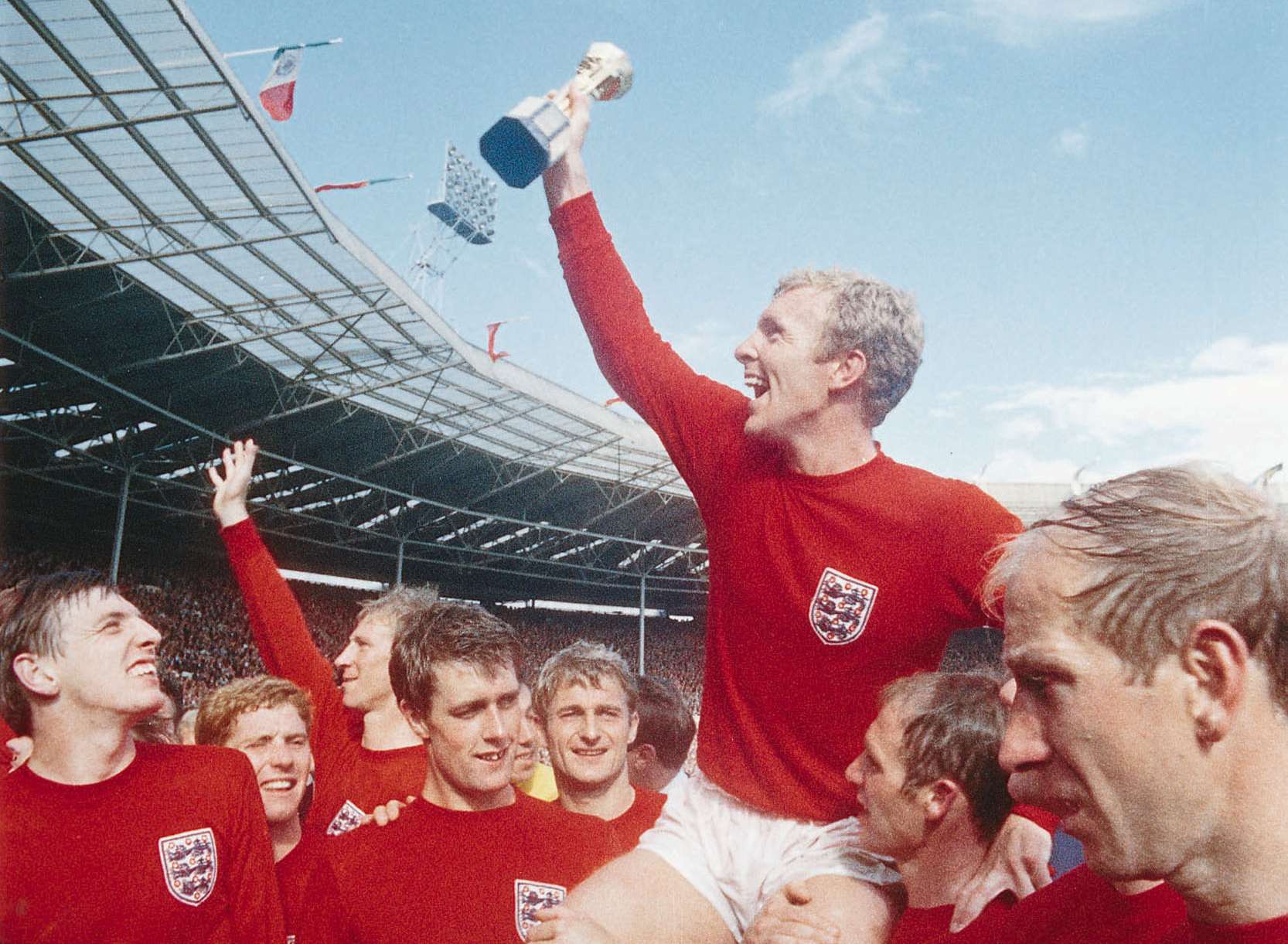Logo World Cup: Dive into the captivating evolution of the FIFA World Cup’s visual identity! From humble beginnings to globally recognized icons, we’ll explore the design principles, cultural influences, and marketing impact behind each logo. Prepare for a fascinating journey through time, uncovering the stories behind the symbols that unite billions of fans worldwide. Get ready to score big with design knowledge!
This exploration delves into the rich history of World Cup logos, analyzing their design elements, symbolism, and impact on public perception. We’ll examine how each logo reflects the host nation’s culture and the broader design trends of its era. We’ll also look at how these logos have been used in merchandise and marketing campaigns, contributing to the overall commercial success of the tournament.
Think of it as a visual timeline of global excitement!
History of World Cup Logos: Logo World Cup
The evolution of the FIFA World Cup logo is a fascinating journey reflecting changing design aesthetics and the evolving global landscape. From simple, symbolic designs to the sophisticated, dynamic visuals of today, the logos have consistently captured the spirit and excitement of the world’s most prestigious football tournament. Each iteration tells a story, reflecting the host nation’s culture and the era’s prevailing artistic trends.
The design language of the World Cup logos has undergone a significant transformation over the decades. Early logos were characterized by a simpler, more illustrative style, often featuring straightforward representations of the trophy or the sport itself. Later iterations incorporated more abstract and dynamic elements, reflecting a shift towards a more modern and globally appealing aesthetic. The use of color, typography, and imagery has also evolved, mirroring broader artistic trends and technological advancements in graphic design.
Evolution of World Cup Logo Design, Logo world cup
| Year | Logo | Notable Features |
|---|---|---|
| 1930 (Uruguay) | A simple depiction of the Jules Rimet Trophy, perhaps with a subtle football element. The design was likely quite minimalist, focusing on clear representation. | Emphasis on the trophy itself as the central symbol of the competition. Simple, clean lines and potentially a monochrome palette. |
| 1966 (England) | The design likely incorporated elements of English heraldry or national symbols, potentially alongside a stylized representation of the trophy or a football. | A more decorative approach, possibly reflecting the host nation’s identity. A more complex composition compared to earlier logos. |
| 1970 (Mexico) | This logo might have integrated Mexican cultural motifs, perhaps incorporating elements of Aztec art or vibrant colors. | Incorporation of elements reflecting the host country’s cultural heritage. Likely a more colorful and expressive design. |
| 1974 (West Germany) | The design might have featured geometric shapes or a more abstract representation of the football, possibly reflecting the modern design sensibilities of the time. | A more modern and abstract design approach. A potential use of bold colors and striking typography. |
| 1978 (Argentina) | The logo likely incorporated elements of Argentinian culture or national symbols, combined with a representation of the World Cup trophy or football. | A balance between cultural representation and a modern, globally appealing design. |
| 1982 (Spain) | Potentially featured Spanish cultural motifs or architectural elements, integrated with a stylized representation of the football or trophy. | A design blending Spanish cultural identity with a modern graphic style. |
| 1986 (Mexico) | A likely more sophisticated and modern take on Mexican themes, reflecting the evolution of graphic design since 1970. | A more advanced and refined design approach compared to the 1970 logo. |
| 1990 (Italy) | The logo likely incorporated Italian design elements, reflecting the country’s artistic heritage. | A sophisticated design reflecting Italian design aesthetics. |
| 1994 (USA) | A likely modern and dynamic design, possibly incorporating elements of American culture or sporting imagery. | A design reflecting a more contemporary and dynamic approach. |
| 1998 (France) | The logo probably incorporated French design elements, showcasing the nation’s cultural identity. | A design representing French aesthetics and design sensibilities. |
| 2002 (South Korea/Japan) | A design likely incorporating elements from both Korean and Japanese cultures, reflecting the co-hosting of the tournament. | A logo that successfully blended two distinct cultural influences. |
| 2006 (Germany) | A logo probably reflecting German design principles, possibly incorporating modern and minimalist elements. | A design that combined modern aesthetics with elements of German identity. |
| 2010 (South Africa) | The logo likely incorporated elements of South African culture and art, creating a vibrant and distinctive visual. | A design rich in symbolism, reflecting the cultural diversity of South Africa. |
| 2014 (Brazil) | A logo that likely featured Brazilian design elements, possibly reflecting the country’s vibrant and colorful culture. | A design capturing the energy and passion of Brazilian football. |
| 2018 (Russia) | The logo probably incorporated Russian design elements and symbolism, creating a unique visual identity. | A design reflecting the rich history and cultural heritage of Russia. |
| 2022 (Qatar) | The logo incorporated elements of Qatari culture and design, creating a unique and memorable visual. | A design reflecting the unique cultural heritage of Qatar. |
Symbolism and Messaging in World Cup Logos
The symbolism and messaging behind each World Cup logo have varied over time, reflecting both the host nation’s identity and the broader context of the tournament. Early logos often focused on simple representations of the trophy or the sport itself, emphasizing the competition’s core essence. Later logos incorporated more complex symbolism, reflecting the host nation’s culture, history, and aspirations.
The use of color, typography, and imagery also played a crucial role in conveying specific messages, ranging from national pride to global unity and the spirit of sportsmanship. For instance, the use of vibrant colors might symbolize energy and excitement, while more subdued palettes could reflect tradition and heritage. The choice of typography could also convey specific messages, from formality to modernity.
Ultimately, each logo aimed to capture the unique spirit and essence of the World Cup in a visually compelling manner.
From minimalist elegance to vibrant expressions of national pride, the World Cup logo has consistently captured the spirit of the tournament. Its evolution mirrors broader design trends while simultaneously reflecting the unique character of each host nation. Understanding the design choices behind these logos reveals not only a history of aesthetic shifts but also a narrative of global culture and the enduring power of visual branding.
So, next time you see that iconic logo, you’ll see far more than just a symbol – you’ll see a story!
Understand how the union of women world cup t20 can improve efficiency and productivity.



